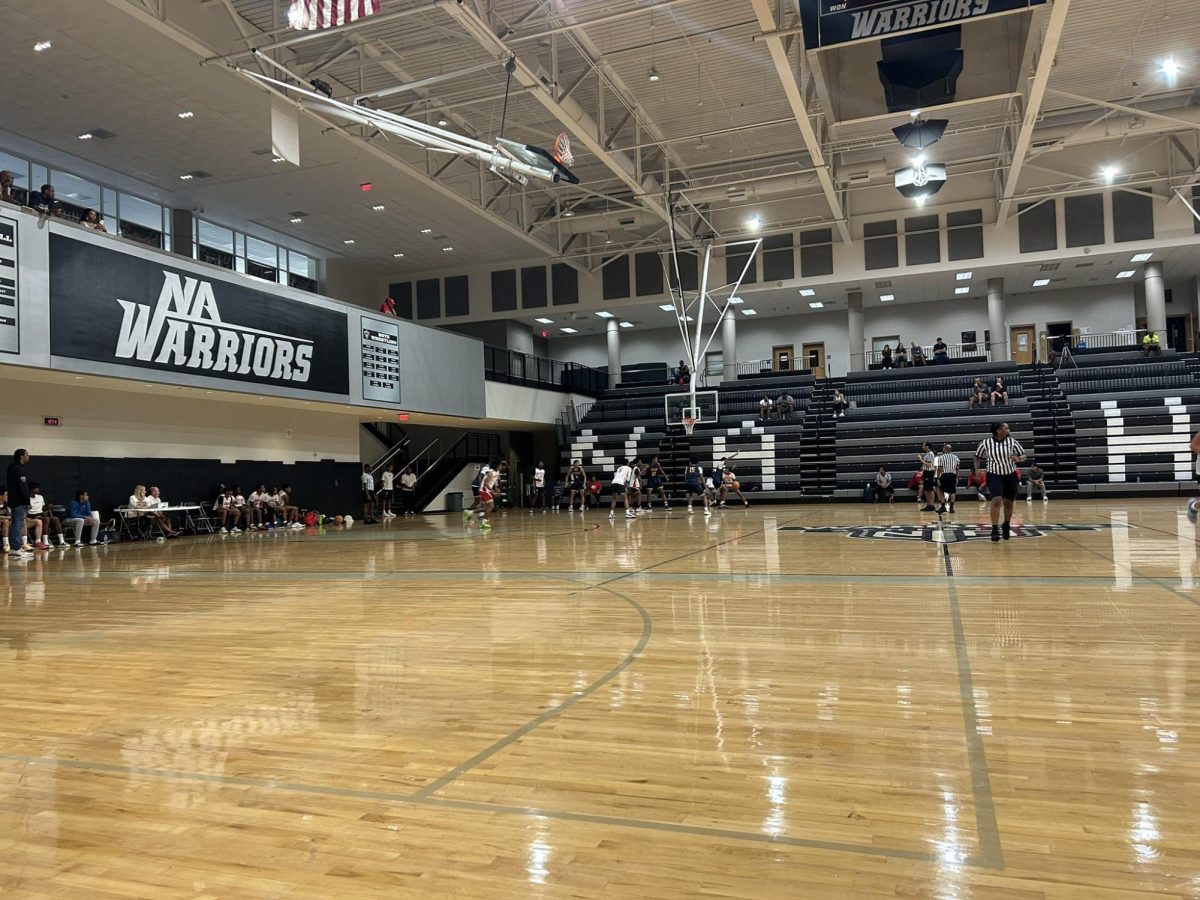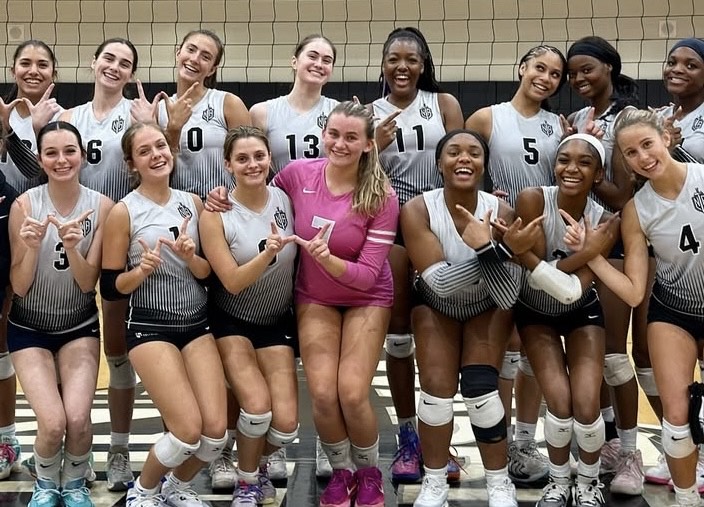Soccer, known as football to most of the world, has long lagged behind other sports in America, both in popularity and player development. But why is it that, despite growing interest in the sport, the U.S. still needs to work on keeping up with European nations such as Spain, Germany, and England? While these countries boast extensive youth academies and highly competitive professional leagues, the U.S. needs to catch up in producing world-class talent. The reasons are multifaceted, ranging from expenses in youth systems to a professional landscape that still prioritizes other sports.
One of the biggest differences begins in youth development. In Europe, children as young as six years old are recruited by clubs and enrolled in a rigorous youth academy system. These academies focus on technical skills and match experience. In contrast, many U.S. youth players participate in pay-to-play programs, which prioritize participation fees over talent identification. Sophomore Asa Delgado who is a player on the Dubs soccer team believes that Europe will always be ahead of the United States when it comes to development. “In Europe, the best kids play for free in academies building to their professional debuts. Here you have to pay a lot just to pay at the highest level, much less get noticed by scouts,” said Delgado.
Moving up to the high school and collegiate levels, soccer continues to take a backseat to sports like football, baseball, and basketball. European prospects often sign professional contracts as teenagers, while many of their American counterparts are limited to the college system, delaying their exposure. Senior Idris Fornie believes kids who decide to pick up soccer in America will always be at a disadvantage compared to Europe because of the lack of focus put on soccer. “In Europe, soccer is the main sport that everyone focuses on. It’s part of their culture, unlike in the U.S. where other sports are more popular and gaining more national attention,” said Fornie.
At the professional level, the gap becomes even more glaring, Major League Soccer, while growing in popularity, is still seen as a retirement league for European stars, rather than a place to nurture young talent. Meanwhile, European leagues like the Premier League in England and La Liga in Spain are considered the pinnacle of global soccer, attracting the best players from all over the world. North Atlanta soccer coach Jack Stenger believes that cultural difference plays a big role in the divide and separation between the progression of soccer in the U.S. and Europe. “In Europe, soccer is a way of life, and their leagues are the gold standard for competing at the highest levels. Until we treat it the same way here, we’re always going to be a step behind,” said Stenger.
While the U.S. has made strides, especially with the 2026 World Cup approaching, the development pipeline remains a work in progress. Until America can close the gap between its youth system and Europe’s, soccer will likely continue to trail behind.














